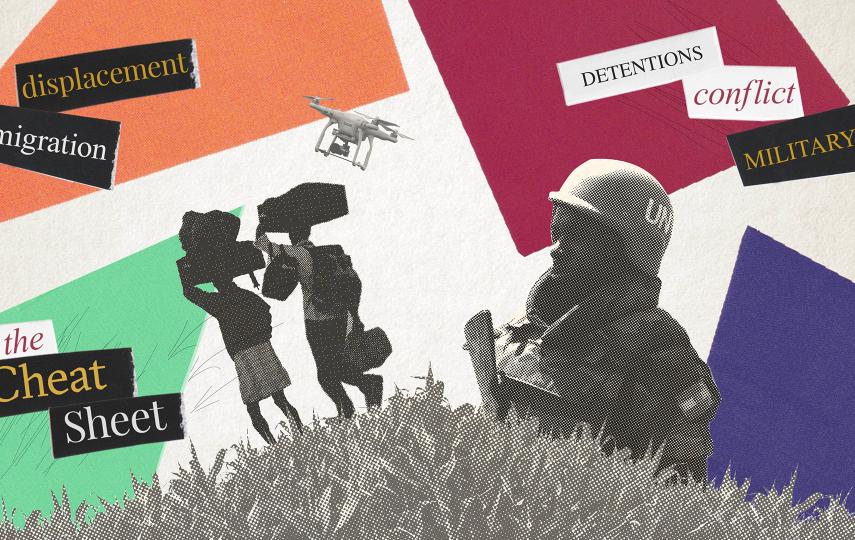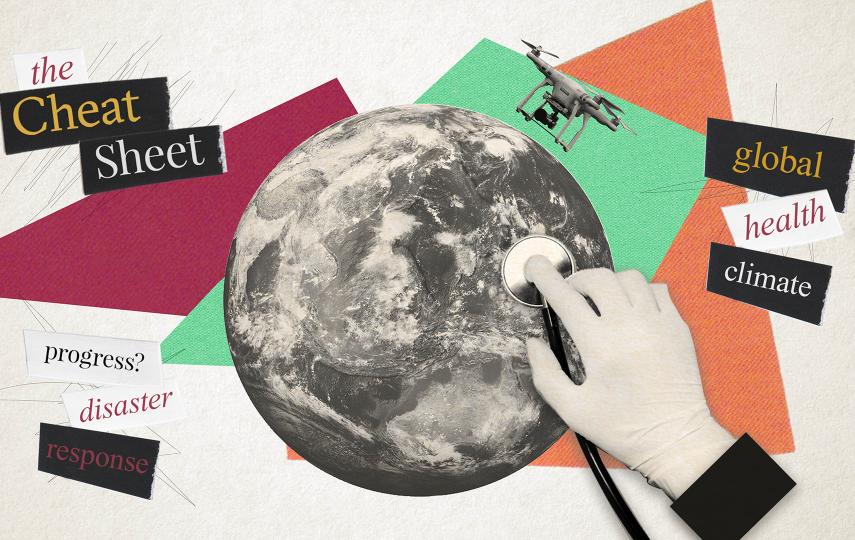The hope is that by drawing from both indigenous knowledge and contemporary weather forecasting techniques, crop yields could be increased.
“We wanted to see if the two can complement or supplement each other,” Isaac Yonah, a senior officer coordinating community meetings employed by the Tanzania Meteorological Agency (TMA), told IRIN by phone.
Using traditional indicators such as the movement of red ants, the flowering of mango and other trees, the migration of termites and patterns and colours in the sky, farmers in Sakala village of Ngorongoro District compare their two-weekly forecasts with those released by the TMA.
“This is done… to validate how accurate their forecast is and to come up with a consensus [forecast]. In the last three seasons, more than 80 percent accuracy in the findings has been witnessed,” said Yonah.
The project is a partnership between TMA, Hakikazi Catalyst (a non-profit organization), and the UK-based International Institute for Environment and Development (IIED).
“Strengthening such practices could enhance the resilience of communities which are most vulnerable to climate change. Upscaling the projects will see the knowledge gap between traditional and scientific bridged,” said Yonah.
Research published in Uganda in 2013 detailed 23 different indicators used by traditional forecasters to predict weather.
“Farmers would profit from weather forecasts provided by governmental institutions. This [marriage of the old and new] will enable farmers to make sound decisions on how to fully exploit the seasonal distribution of rainfall to improve and stabilize crop yields,” said Joshua Okonyo, author of the study Indigenous Knowledge of Seasonal Weather Forecasting.
The indicators cited included wind direction, cuckoo calls, and the timing of winged termites’ departure from their nests.
Working with the Nganyi community in Kenya
For the past five years in Kenya, government meteorologists have worked with the Nganyi community in the west of the country in a project carried out in collaboration with the Intergovernmental Authority on Development (IGAD) Climate Prediction and Application Centre (ICPAC).
The Nganyi observe bird migrations and other animal behaviour in their forecasts.
“After thorough research, we have noticed that these traditional indicators have a high scientific value that could be integrated with the local climate information,” said Laban Ogallo, the project’s coordinator.
“Since predicting weather within the tropics is a challenge to scientists, we wanted to learn how the [Nganyi] community has been doing it over the years. Their knowledge will be helpful,” Abraham Changara, chief meteorologist at the Kenya Meteorological Department, told IRIN.
As meteorologists are waking up to the value of traditional forecasting methods in adapting to climate change, it seems climate change itself poses a threat to the sustainability of these methods.
''There is rapid disappearance of plants and animals due to climate variability and human activities,” according to Weather Forecasting and Indigenous Knowledge Systems, published by Great Zimbabwe University.
“There are few elders aware of traditional methods of weather forecasting. This makes traditional weather forecast less reliable,'' the study added.
ho/am/cb
This article was produced by IRIN News while it was part of the United Nations Office for the Coordination of Humanitarian Affairs. Please send queries on copyright or liability to the UN. For more information: https://shop.un.org/rights-permissions

